Introduction
We like to have fun here on The New Standard, and oh my God are we going to have some fun this week. Today we’re covering a Malygos OTK Druid deck that i_just_ate_pizza (some of these names are absurd) had incredible with success with on the ladder. Though the idea behind this build is not new, it has been updated in a wonderful way. Rather than trying to combo off with one Malygos, we’re going to combo off with four! I know that sounds crazy, but trust me; nothing says “I love you” like a 21 damage Moonfire to the dome.
Key Cards
The Combo
As with past Malygos Druid decks, your goal here is to play out Malygos and then use the legendary dragon with Moonfire to obliterate your opponent right off the face of the Earth. However, you go about it a little differently than in the past. To set up the full combo, you need to have Twig of the World Tree on one tick along with Malygos, Ixlid, Fungal Lord, Faceless Manipulator, and a Moonfire or two. Then, you play Ixlid and use Faceless to copy it. That causes Ixlid to copy the faceless twice, giving you three ixlid’s. From there, you then break your twig, going back to ten mana. You play Malygos, which then copies itself three times, and win in a flurry of 21 point Moonfires. Easy game, easy life.
The thing about this combo is that, while it may seem like a lot of set up, you have so much card draw that you never really have to worry. Between Branching Paths, Nourish, and Ultimate Infestation (not to mention Wrath and Wild Growth) you can cycle through your entire deck long before your opponent has gotten halfway through theirs. That gives you a ton of consistency, which is what you need to make this work. Also note that against slower decks (or ones with annoying cards like Ice Block) you can still combo off and win the game. Yes, you may not be able to kill your opponent right away, but nobody outside of Warlock and the odd Control Priest is going to be able to remove a board of four Malygoses (Malygi?). It’s pretty much over from there.
Naturalize
i_just_ate_pizza called this the worst card in the deck, and I’d have to agree. However, it seems to be a necessary evil. The odd thing about Naturalize is that is has an incredibly crippling draw back when you’re behind, but it’s fine when you’re cruising. With this deck, you are often going to be up on mana and up on cards. That means you’re usually gonna be up on your opponent a lot of the time. As a result, while giving them two cards stinks, if you have complete control of the game that won’t matter. In addition, this spell also does a great job against certain threats you have no answer to. I have killed a ton of turn four Mountain Giants with this thing, and I’ve murdered plenty of Drakonid Operatives as well. The rule is to be smart. Know what threat you have to kill and when. Pulling the trigger on turn two because you have no immediate answer to Knife Juggler is not the way to play this. Slamming down a 7/7 because you’re out of Swipes, is. This card usually works best later in the game, and should only be used as a last resort when battling faster builds. As long as you follow those rules, this is a great option to have for a deck like this.
Branching Paths
Branching Paths was written off immediately after the Kobolds release, but it has made its way into a ton of different Druid decks over the past few months. This card is incredibly strong because, as always, it brings a lot of versatility to the table. You want to have options, especially in a deck like this one. Staying alive is great, but so is drawing cards. Each of those modes is very important, and you have to know how to use them for every situation. For example. sometimes you just need to gain 12 armor against a deck with a lot of damage potential even when you’re not under a lot of pressure. Though you may not be in danger right away, you are eventually going to need the armor so you should take it over cards. In contrast, if you have a terrible hand in that situation, you need to work to smooth out your draws.
What makes this card tricky is that the different uses aren’t always going to be obvious. For instance, card draw may always seem great, but it can be risky when you’re running both Nourish and Ultimate Infestation. If you draw up to eight cards and pull an ultimate, you now have to try to dump cards out of your hand. Rather, if you had just played the game normally, you may have well curved into the ten mana spell without needing to wait. Note that you cannot rusk burning cards with this deck, which means you need to be careful about when and how you get cards. It is very easy to get bogged down, but you always need to have space to operate. Gaining 12 armor is extremely powerful, and using this to get the health is also a great way to shore up space in your hand.
Twig of the World Tree
Though all of the combo pieces are important, none of them are as critical as Twig of the World Tree. This weapon is very fragile, but it is potent when used in the correct way. You cannot run the full combo without this card. That means you need to do your best to get charges off of it. It does not matter if you’re attacking the board or face, as soon as this comes out you have to push to get a tick off every turn. Then, once you have one charge left, you just hold onto it until you go off. Yes, that does leave you open to weapon removal, but that is extremely few and far between in today’s meta (another reason this deck is so strong).
Another combo you can do here is the Twig of the World Tree/Medivh the Guardian beat down extravaganza. This is going to come up much less than the full combo, but it is a good route to take when you’re up against a faster deck where you need to be able to get board control. The way you do this one is that you play Medivh while you have twig equipped. That then instantly gives you ten mana to work with after the 7/7. Typically, the best use for that is Ultimate Infestation, but even a couple big spells can allow you to take over a board. Of course, you can’t go full combo from that point, but against faster decks you don’t really care about taking that route anyway.
Spreading Plague
Regardless of what anyone tells you, Spreading Plague is the best card in Druid. As such, it is also the best card in this deck. In fact, the six mana spell is so powerful that it is going to win games on its own. While it may not actually get a concession by itself, it often locks down the board for so long that by the time your opponent gets through the beetle wall you should have your plan online. Your goal is to get to your combo, which means you need to stall while you draw. Nothing does that better than Plague. While you often want to go wide here (more on that below) you shouldn’t be afraid to just make one or two beetles against slower decks. Understand how much damage your opponent can put on and then play to it. If they swarm, hit them hard. If they play slow, get up some taunts and grind the game away.
You can be greedy with this one. Unless you’re up against a go-big deck (like Big Spell Priest) where you absolutely need to save health, you can typically wait an extra turn here and there. In that way, you want to treat this card like you would any solid AOE spell. Bluffing is great because, while this doesn’t clear the board like AOE, it serves largely the same purpose. Matching up five or six beetles against smaller minions is devastating for a lot of decks and it will singlehandedly beat aggro. There is often a small window where this card is good, and there is an even smaller window where it is devastating. Always try to bait your opponent into spreading out their minions when you have this card.
Deck Code
AAECAZICBrQDkwShtwK Z0wKj5gKb6AIMQF/pAf4B0wPEBuQIvq4C y7wCoM0Ch84CntICAA==
Matchups
The four decks I see the most while playing the ladder.
Control Warlock
Warlock, though dipping a bit, is still king. This game seems like it should be a slam dunk because, as you well know by now, Gul’dan’s biggest weakness is OTK decks. However, it’s not as easy as it first seems. Yes, you are still favored, but your combo takes quite a bit of time to set up (you need to get those ticks off Twig of the World Tree). As such, your opponent is going to have an opportunity to try and cut it off. I find that good Warlock players will simply slam a Doomguard from hand as soon as they know what you’re up to and then either copy it or hit it with Carnivorous Cube. Anticipate that pressure and don’t be afraid to gain life. It is easy to think that you won’t need extra health throughout this game, but there are times where armor comes in handy.
Try your best to make good use of Naturalize. The one mana spell is powerful against Warlock and you want to do everything you can to burn some cards. Beyond that, you need to race to your combo. As mentioned, Warlock is going to know what you are up to. They also have combos of their own that you have no real way to interact with. For that reason, you have to hyper-draw as much as possible. Do not waste time killing small threats or controlling the board when you can ramp and draw. Yes, if your opponent has a big threat that needs to die, kill it. However, if your opponent is only putting on minimal pressure you don’t need to flinch. Killing something on the board can feel right simply because you’re used to controlling the game, but you have to remember that you’re a combo deck. You don’t care what your opponent has out unless it can kill you before you can kill them.
Aggro Paladin
Paladin comes in two flavors these days: Dude and Murloc. Both are incredibly annoying for this build. Ramp combo builds have never done well against small swarms and this is no exception. Paladin can get out fast, and if they hit their curve into something like Crystal Lion or Call to Arms you might be dead before you put your ramp together. However, that does not mean this is hopeless. Far from it. Instead of treating this game as if you are a combo deck, you want to approach it much more like classic ramp. That is to say, you want to gain mana, draw cards, and then use that advantage to control the board. If you can go off, great. However, most of the time your goal for this match will be to run your opponent out of cards as efficiently as possible.
As you can imagine, the strongest card for you in this one is Spreading Plague. Swipe is fantastic (and Wrath is solid as well) but nothing holds a candle to a board full of 1/5 taunts. Paladin makes a living on their small minions and you always want to make them pay for going wide. Swipe should typically be used first (to better play around things like Level Up!) and then you hit them with plague as soon as they rebound. The only other big rule in this one is to always prioritize Malfurion the Pestilent (to start gaining armor) and to save your Branching Paths for when you’ve stabilized and need to put the finishing touches on. Drawing card is fantastic, but you often have other spells for that. Also, don’t be afraid to just slam big minions. Paladin has very few ways to deal with a 4/12.
Combo Priest
Sneaking into the top four is Combo Priest. This deck, which we covered a few weeks ago, uses the dragon package to set up a strong board. From there, they then put together a huge Divine Spirit/Inner Fire turn to kill your from twenty plus. Like Warlock, this game is going to be a combo vs. combo affair. However, you are at a disadvantage because Priest comes with a ton of incredibly powerful midrange tools that other decks don’t have. Things like Drakonid Operative are going to be extremely hard to deal with, and it is also going to be nearly impossible to keep enough minions off the board to cripple your opponent’s combo. As such, you simply need to be faster than Priest in order to win. Ramp as soon as you can, and use that extra mana to get cards down. Don’t ignore the board, but don’t play too far into it either.
Always be careful with your Scarabs. You are going to need taunt to stay alive, but you never want to give your opponent a chance to steal/buff a 1/5. You also want to make sure that you ramp in a way that helps keep you one step ahead of your opponent. Priest is beatable, but you’ll never have a chance if you’re on even footing with them. That’s simply the nature of this matchup. Carefully work to craft your hand in a way where you can constantly draw cards. It is easy to get bogged down with this list if you aren’t careful. Never run out of room or put yourself into a position where you simply cannot cycle through you deck. Get cards out of your hand early and often, always plan ahead, and make sure you are one step ahead at all times.
Hunter
Knocking Mage from its perch is Hunter. Though Rexxar has begun to fall off (as it always does when the meta begins to settle) it still packs quite a punch for people who want to climb quickly. This, as expected, is going to be your toughest game. As poor as Combo Druid has been against aggro decks in the past, it has been particularly weak against Hunter. Rexxar’s beasts are powerful, and it won’t take long before your opponent quickly locks down a board. Not to mention, their secrets are strong. If your opponent ever plays a raw secret on turn two, you should never use your hero power to attack into it for fear of triggering Wandering Monster. Besides that, be careful about turn six (you just die to Savannah Highmane). To win this game you need to treat it a lot like Paladin. Forget the combo, focus on healing/taunts, and always play down minions as a way to distract your opponent and muck up the board. Also do your best to save your armor for the later stages of the game when you need to outrace your opponent’s hero power.
Mulligan Guide
You want to mulligan with this list in the same way you would mulligan with any Ramp Druid deck. Look for opening mana and card draw, and from there build into removal or higher options. Remember, ramp changes your mulligan because it shifts your curve. Wild Growth, Wrath and Jade Blossom are your must keeps, while Innervate, Branching Paths and Mire Keeper are all fantastic with a strong opening curve. Swipe should always be kept against aggro and you want to keep Naturalize when you have a strong hand against Warlock.
Note: I messed up on this in the video, but Twig of the World Tree is solid against slow control or when you have a great hand against aggro.
Conclusion
Kill ’em softly…or in a blaze of deadly Moonfire. The Aviana version of Druid is one of the my favorite decks ever (you can go back and check the tape on that). While this one is not as fun as its predecessor, it still is an absolute blast to play. There are several OTK decks on ladder right now (I know because we’ve covered a lot of them) but this one seems to be the most consistent. Druid has the tools to get you through your deck every game, and as long as you can






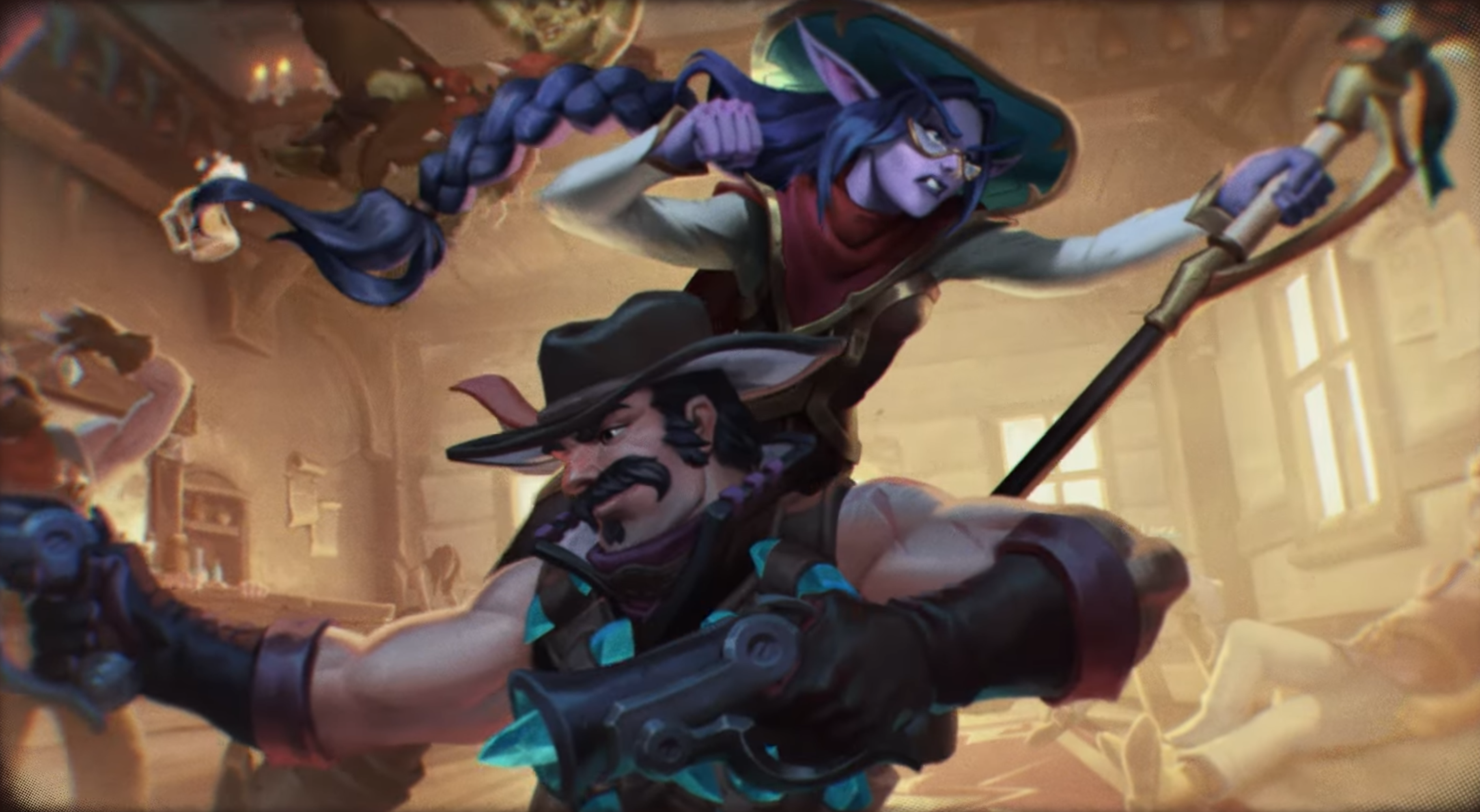
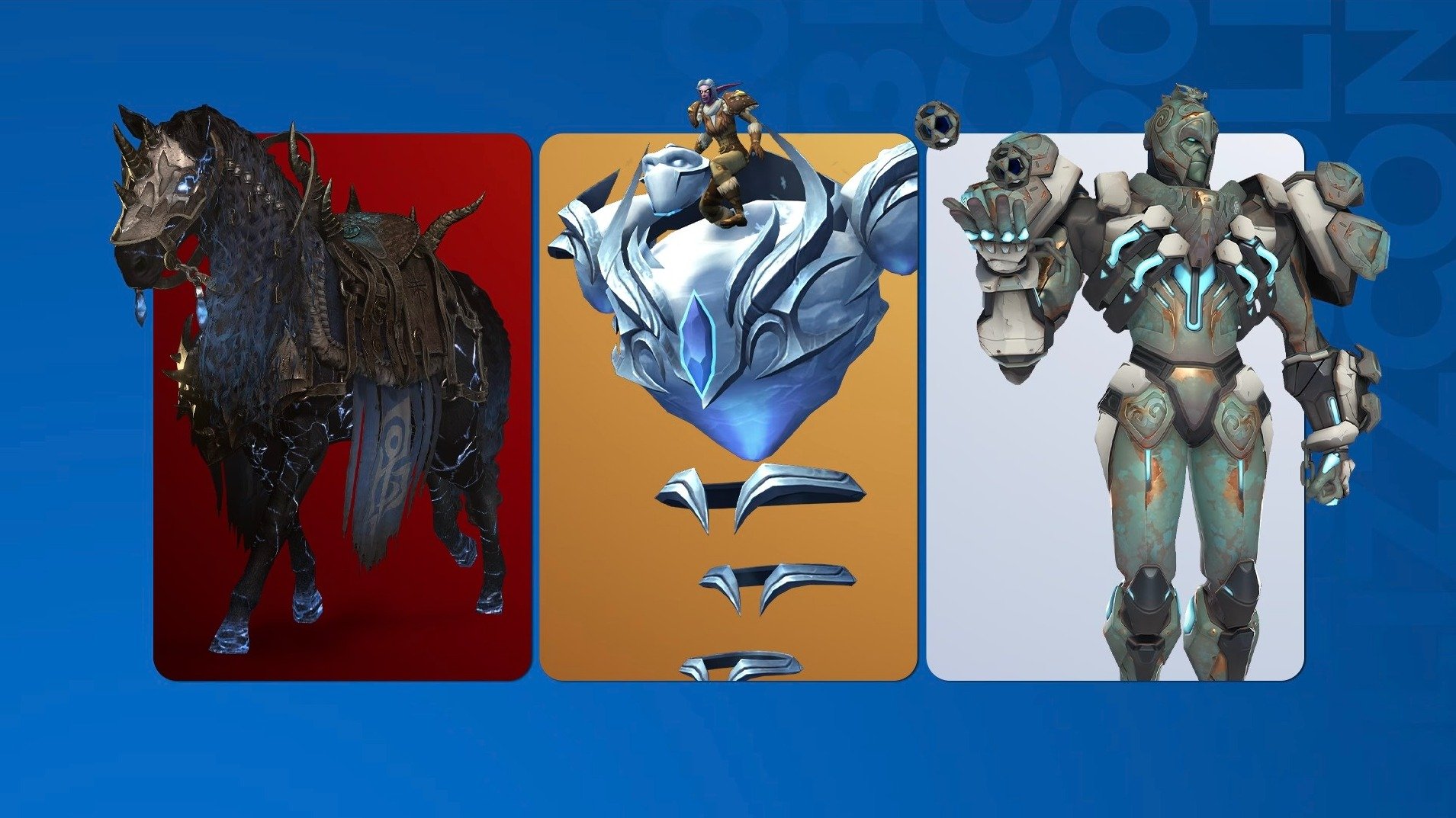
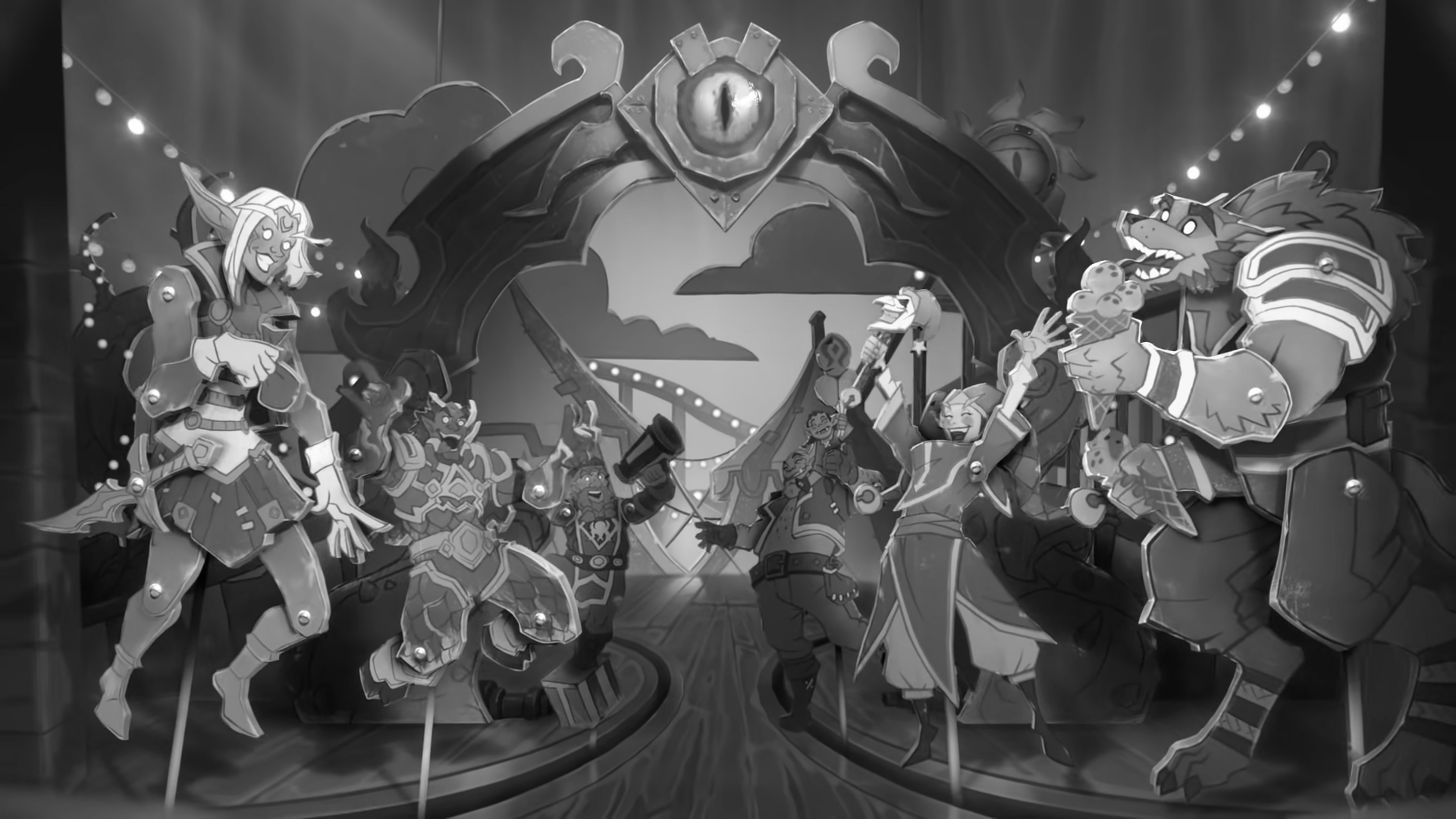
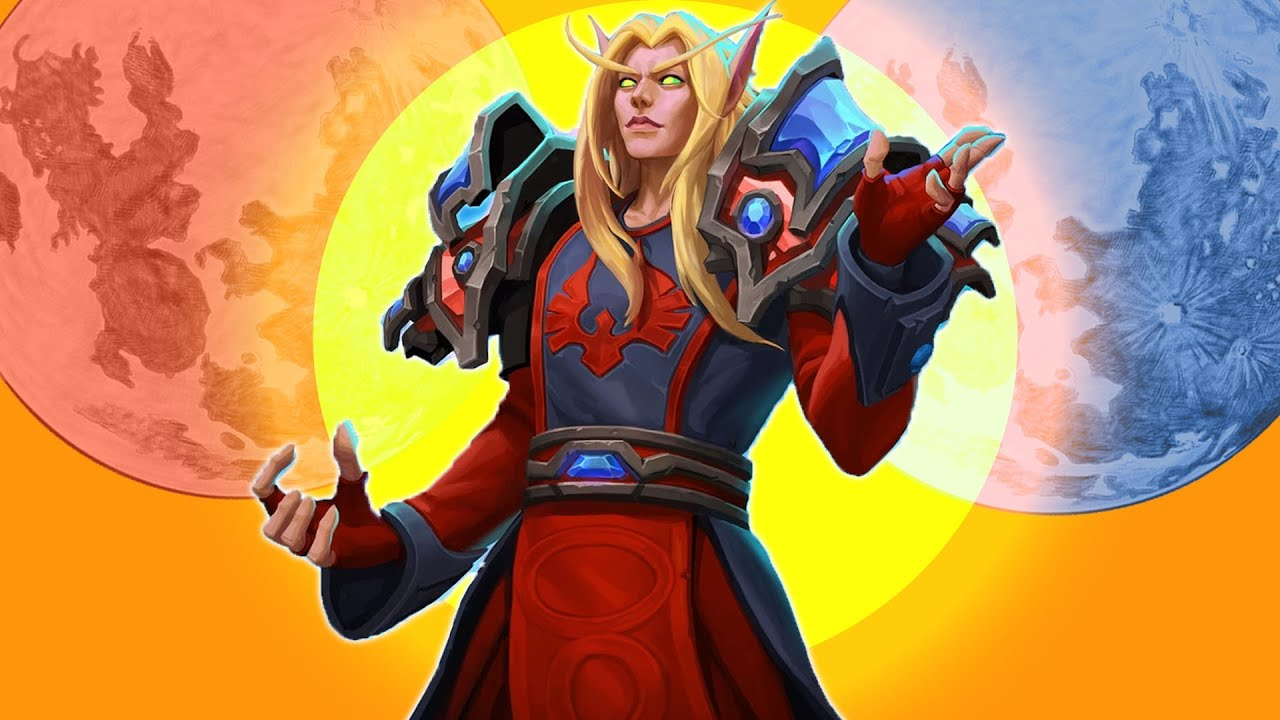
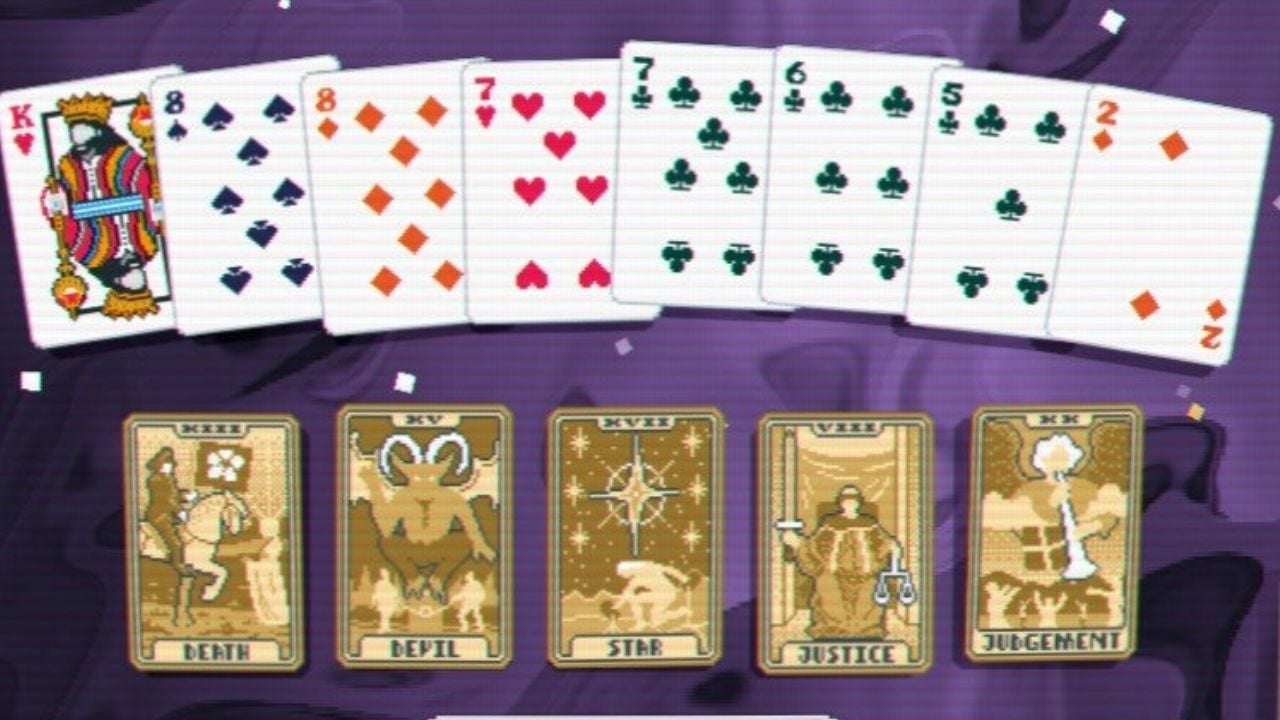
Published: Mar 14, 2018 12:07 pm